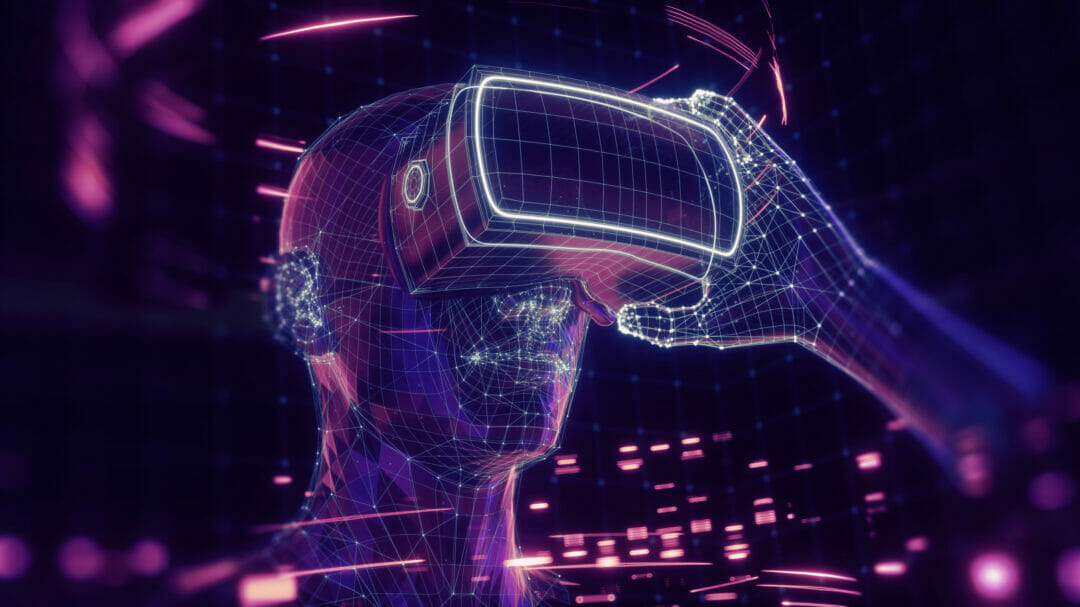Conversations around the metaverse are gaining in popularity. It’s most likely because Big Tech, including Microsoft and Facebook, think it is time to go all-in, making you think that metaverse might be the next big thing after AI.
Definitions are still evolving as to what the metaverse really is, but mainly it refers to a convergence of physical, augmented, and virtual reality in a shared online space – or the universe of data. Like with our real universe, humanity is still in the dark about most of its secrets and we are at the brink of exploring it. AR or VR are just the first glimpses we are seeing.
Digital currency
To effectively trade within the metaverse, digital currencies will come into play. This may most likely come from Bitcoin, Ethereum or Cardano, but new currencies are always being introduced. The result will be a digital artefact created in the metaverse, that is protected and sold using the advancements made in blockchain and NFTs. This means the metaverse will have the option to build an economy on par with the one in the physical world.
Having a digital currency that can cross the boundaries between our world and the metaverse will undoubtedly raise the stakes and spark all kinds of new ventures. Where the start-ups might be creating the equivalent of small planets, where you can entertain yourself if you have the cash, the big digital natives will most likely create their own Milky Way (or even galaxy) in the metaverse. But before doing so, the metaverse has to grow up, like the Internet did in the early 1990’s. Based on the initial excitement it is most likely AR and VR initiatives will be the prevalent initiatives.
The obvious candidates to succeed in the early stages are the gaming companies, like Epic who is pushing the boundaries with Fortnite and hosting things like digital concerts (most recently the Ariana Grande concert). E-commerce and retail will soon follow suit, but B2C companies will not be the only ones trying to understand how to exploit the metaverse; there is also a big opportunity for the B2B industry.
How the future of business could be built on blockchain
Will it be a success?
What will make or break the metaverse will be its ability to capture data from its surroundings and even the biosphere. The only way to do that will be by mass ingestion of the data coming from the Internet of Things. Only with this data will you be able to create a rich and meaningful environment. The next need after “seeing” will be “interacting,” meaning that the data not only needs to be represented in a meaningful way but also must be responsive.
On the lowest level, equal to the physiological needs of humans in the real world, you can imagine the needs of a digital infrastructure in the metaverse: tools for ingestion of and access to data and the infrastructure to store, analyse and enrich data. But just like in the real world, before any meaningful interactions can be achieved, security needs to be guaranteed.
With all the attention on the exciting possibilities of the metaverse, you could forget what infrastructures will be needed for the heavy lifting. It would have to be optimised for transferring and storing data. To make the metaverse attractive, not only would historical data need to be available, to facilitate context and depth in any interaction, but it would also have to be highly accurate. This means the need for real-time data ingestion and analytics would be paramount. Besides radical innovations in the infrastructure, major innovations in the software stack will be needed too.
Event-driven world
For the metaverse to be on a par with the real world it has to be event-driven in nature so that every significant change of state can be signalled and responded to by the interested audience.
Moreover, semantics will be extremely important, together with context. In a siloed world where you control your data, you know the intent of that data and define the meaning of it at the time stored. However, data in the metaverse is likely to be highly distributed. In a world where you are depending on your ecosystem for data, you really need to understand the meaning of the data exchanged with you, a lingua franca might be necessary to interpret formats and measurements correctly.
What makes a real-time enterprise?
Trying a different approach
Security and trust are paramount online. Currently, the way we mostly address trust on the Internet is with gated access. We are used to “partitioned” access to websites, governed by separate clickwrap or browsewrap terms and conditions. As that approach does not lend itself to seamlessness in the metaverse, technology would need to provide the solution; for example, self-executing smart contracts on a metaverse. That, together with some hard-learned lessons on how to protect data in modern infrastructure might allow the metaverse to put safeguards in place with minimal footprint.
Contrary to the universe the metaverse will not be created with a big bang, but if the scaffolding comes off, then this will give rise to a whole new array of solutions and unlimited creativity. The metaverse is where consumers will go for games and entertainment and businesses will probably explore virtual reality meetings for enhanced collaboration and bring training to the next level with fully simulated environments.
The metaverse, long seen as a futuristic dream, is quickly becoming a reality.











